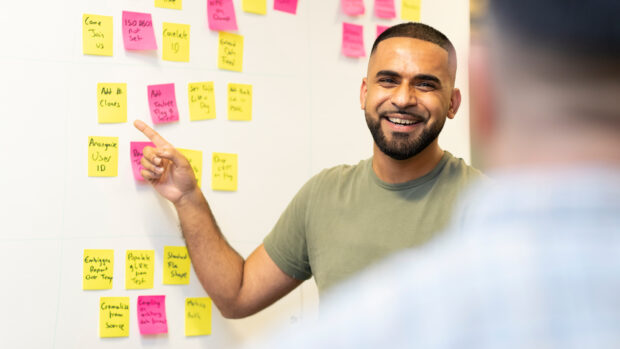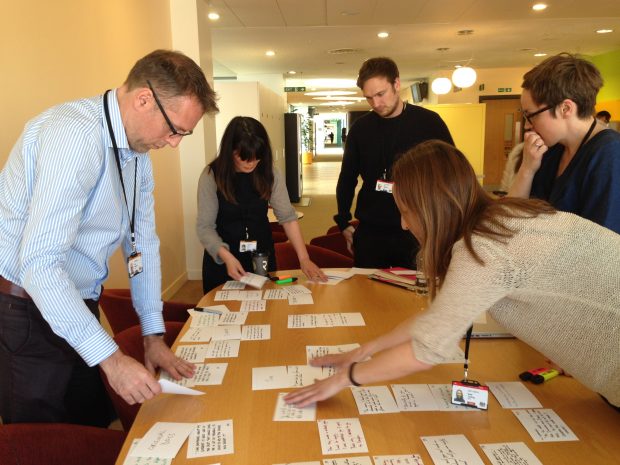How we co-created Business Design Principles for the Home Office

How designing and applying a set of coherent business design principles is helping us deliver better outcomes for our users.

Katy has worked in digital since 2007 and joined the Home Office in 2010. After a stint as the lead User Researcher on the team building online visa applications, she joined Home Office Digital and established the user-centred design profession within the department. She is now Deputy Director for Design and Research. This means leading the user-centred design (UCD) community of practice and being accountable for UCD standards and practice across the Home Office.
Katy is also the Digital Accessibility Lead for the Home Office and leads the Accessibility and Digital Inclusion team and our Policy and Innovation Lab (CoLab) within Digital, Data and Technology. She works with Sara Vincent, David Caldwell, Lorna Wall, Amy Everett and Chris Taylor to create space for good, accessible design and inclusive research to happen.

How designing and applying a set of coherent business design principles is helping us deliver better outcomes for our users.

In the Home Office CoLab have applied user-centred policy design to make improvements to the refugee integration loans service. In this case study Deputy Director of Design and Research, Katy Arnold, explains how.

Deputy Director for Design and Research, Katy Arnold, describes the structured and repeatable approach CoLab in the Home Office uses to solve problems. Utilising a combination of user research and knowledge of Home Office operations, the approach is flexible, can be applied to a range of different problems and delivers diverse solutions.

As the DDaT Home Office Policy and Innovation Lab, called CoLab for short, celebrates its first birthday, user-centred design leaders, Adam Hardy and Katy Arnold, talk about what CoLab is and how it came to be.
A blog about how we're improving Home Office services.